15 Things Humans Do That Drive Dogs Crazy (And 7 Things They Absolutely Love)

Dogs are incredibly in tune with their human companions, but sometimes, our actions can drive them a little crazy!
From the way we speak to the way we move, certain habits might not be as dog-friendly as we think. On the flip side, there are plenty of things that dogs absolutely adore and can’t get enough of.
1. Hugging Them Too Tightly
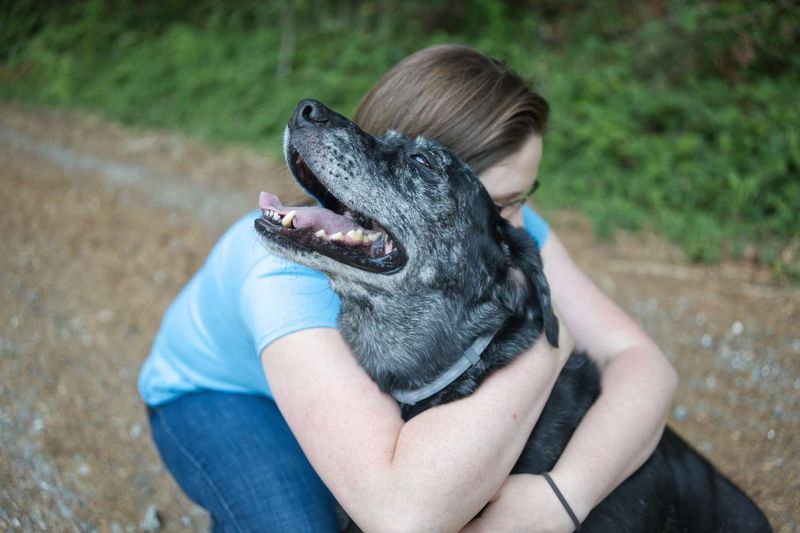
While humans find comfort in tight hugs, dogs often feel trapped. Their nature craves freedom and space, making it overwhelming when squeezed too firmly.
Observing their body language can help us comprehend their boundaries. A gentle pat or a soft side snuggle can be more welcoming to them. Remember, every dog is unique, and knowing their comfort zone is key to a trusting relationship.
2. Raising Your Voice

Yelling is something dogs find baffling. They perceive it as a threat rather than a corrective measure. Instead of encouraging good behavior, it often leads to fear and confusion.
Dogs react better to calm, consistent commands. Training with positive reinforcement, such as treats or praise, can foster better understanding and obedience. Always approach discipline with patience and gentleness.
3. Constantly Petting Their Head
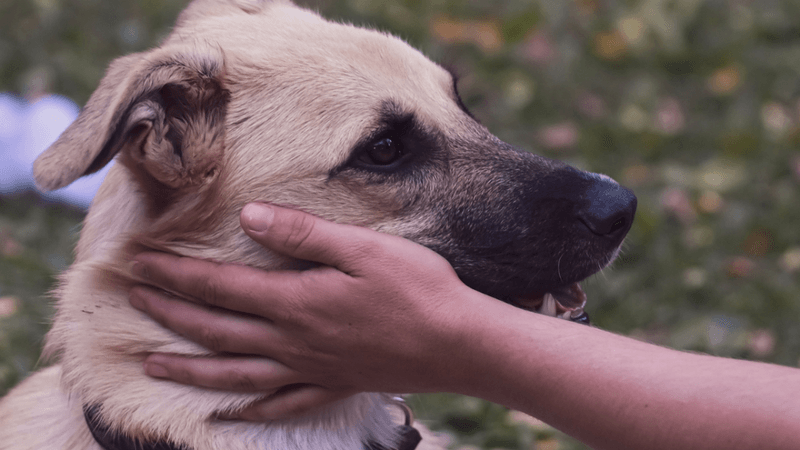
Head pats can be overwhelming for dogs, despite being a human gesture of affection. They may prefer being scratched behind the ears or under the chin.
These areas are less intrusive and more enjoyable for them. Observing their reactions to different touch can guide us in showing affection more suitably. Building trust through respectful touching enhances the bond between pets and owners.
4. Sudden Movements
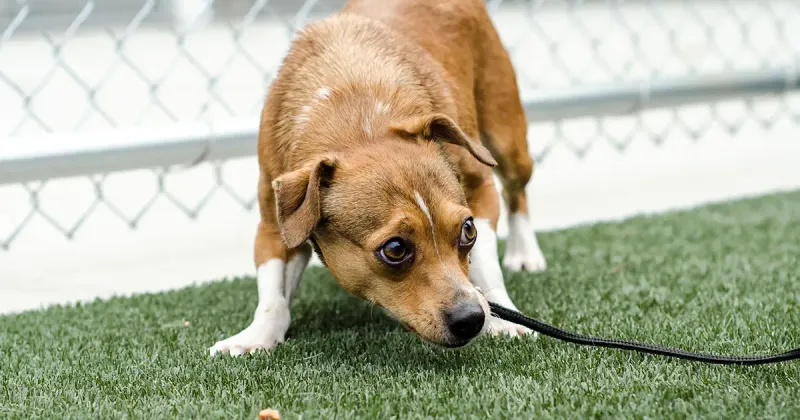
Dogs are sensitive to quick, unpredictable movements, often perceiving them as a potential threat. Especially with strangers, these actions can trigger anxiety or defensive behavior.
Slow and deliberate movements help in reducing stress and make interactions smoother. Understanding their reactions to our actions is essential in fostering a secure environment for them. Empathy goes a long way in building trust.
5. Leaving Them Alone For Too Long

Dogs thrive on companionship, and long periods of solitude can lead to separation anxiety. This anxiety affects their behavior, often resulting in destructive actions or depression.
Regular interaction, exercise, and mental stimulation are vital. Consider engaging a pet sitter or using doggy daycare services when away for extended periods.
Ensuring they feel secure and loved is paramount for their well-being.
6. Staring Directly Into Their Eyes

Direct eye contact can be intimidating for dogs, as they often perceive it as a challenge or threat. Unlike humans, who find it comforting, dogs might feel uneasy. They typically avoid such contact unless they trust the person.
A soft gaze or averting eyes can be less confrontational. Understanding these nuances ensures a more comfortable interaction and fosters trust with our furry friends.
7. Inconsistent Routines

Dogs flourish with predictable routines. An erratic schedule can lead to stress and confusion, impacting their overall happiness. Consistent feeding, walking, and playtimes provide a sense of security.
When changes are necessary, gradual transitions help them adjust. A stable environment, respecting their routine, contributes significantly to their comfort and mental health. Stability is the foundation of a happy pet life.
8. Dressing Them In Clothes

While dressing dogs in clothes might be appealing to humans, not all dogs appreciate it. Some find clothing restrictive and uncomfortable. Observing their behavior when dressed can indicate their comfort level.
Opt for clothing that doesn’t hinder movement if necessary. Respecting their comfort and preferences enhances their well-being. Always consider their perspective before adorning them in attire.
9. Not Respecting Their Personal Space
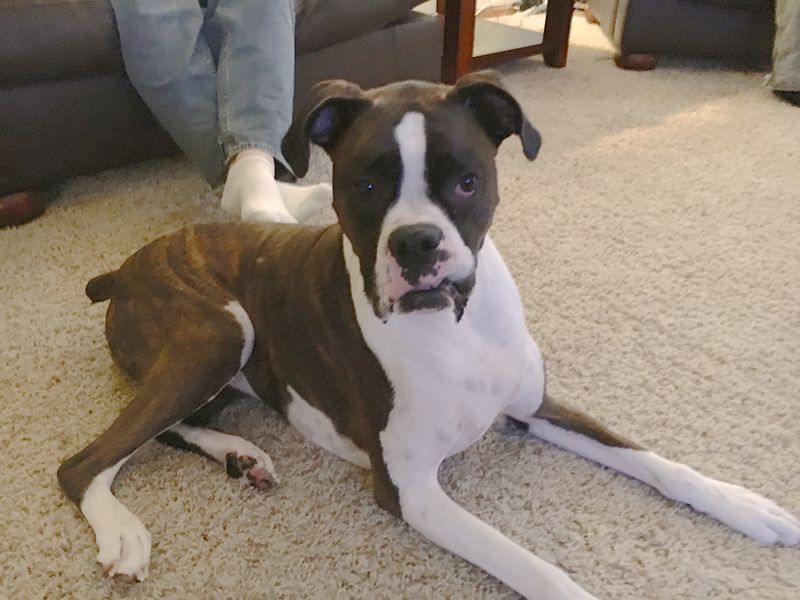
Just like humans, dogs cherish their personal space. Invading it, especially during rest or meals, can cause stress or irritability. Teaching children to approach them respectfully is crucial. Observing their signals when they’re uncomfortable helps maintain harmony.
Providing a designated area where they feel safe and undisturbed ensures a happy and relaxed pet. Understanding their need for space is an act of love.
10. Too Much Attention From Strangers
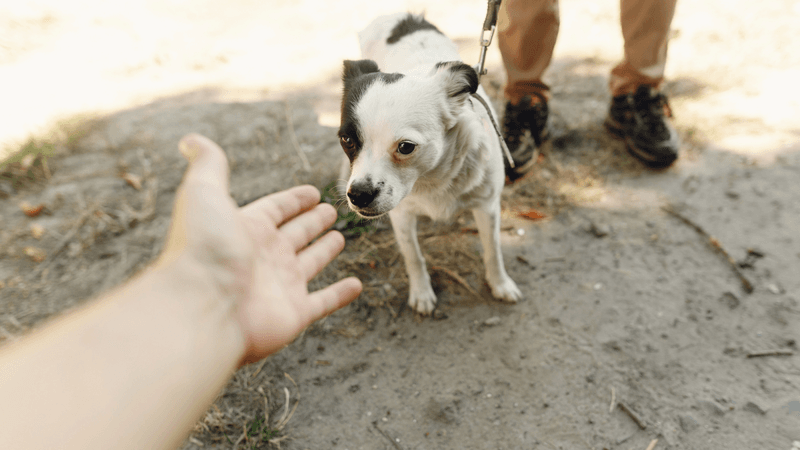
While some dogs are social butterflies, others find excessive attention from strangers overwhelming. Lack of boundaries can make them uneasy, leading to stress or fear. Allowing them to approach strangers at their own pace respects their comfort level.
Educating others on proper interaction techniques is essential for a positive experience. Respecting their boundaries fosters a safe and trusting environment.
11. Interrupting Their Playtime

Dogs delight in playtime, and interruptions can be frustrating for them. Their favorite activities are essential for mental and physical stimulation. Regular play sessions that allow them to express themselves freely are crucial.
If interruptions are necessary, doing so gently and redirecting their energy helps maintain their happiness. Encouraging uninterrupted playtime showcases love and understanding.
12. Ignoring Their Body Language

Dogs communicate volumes through body language. Ignoring signs of discomfort or disinterest can lead to stress or misunderstandings. Observing their cues, like tail position or ear movements, helps us respond appropriately.
Engaging with them on their terms respects their feelings and fosters a deeper bond. Attentiveness to their non-verbal communication signifies understanding and care.
13. Changing Their Environment Frequently
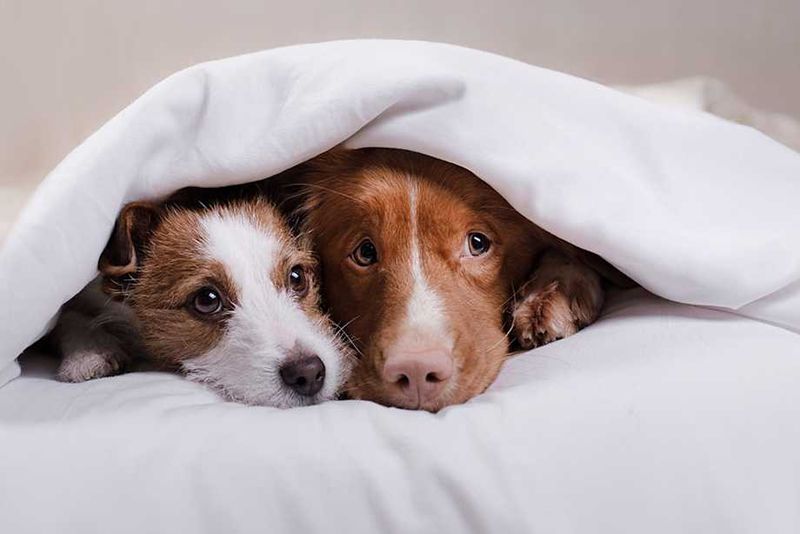
Dogs find comfort in familiarity, and frequent changes in their environment can cause anxiety. Whether it’s moving furniture or introducing new pets, these changes can be unsettling.
Gradual introductions to new elements help ease the transition. Ensuring their space remains relatively constant provides security. A stable environment allows them to thrive and enjoy a stress-free life.
14. Making Them Sit Or Stay For Long Periods

While training is crucial, prolonged sitting or staying can test a dog’s patience. They prefer activities that engage them both mentally and physically. Short, varied training sessions keep them enthusiastic.
Recognizing when they’re tired or bored and adjusting accordingly ensures they enjoy learning. Balance discipline with play for a happier pet. Keeping them engaged fosters a love for learning.
15. Forcing Them Into Social Situations

Not all dogs are social enthusiasts. Forcing them into crowded gatherings can induce anxiety. Allowing them to socialize at their own pace respects their comfort. Observing their behavior and gradually introducing them to new friends helps build confidence.
Understanding their social preferences fosters a trusting relationship. Their comfort and happiness should always be a priority in social interactions.
16. Long Walks
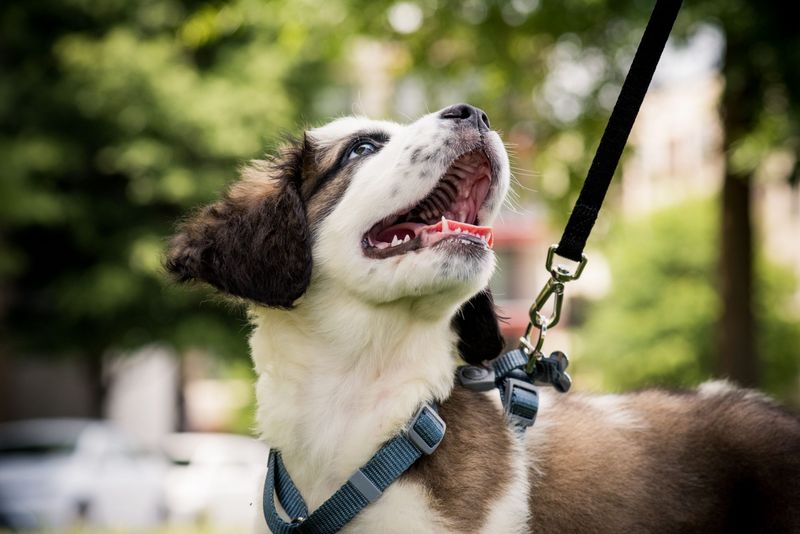
Now this is something almost every dog will looove!
Dogs adore the great outdoors and regular walks invigorate their spirit. These excursions provide physical exercise and mental stimulation, keeping them healthy and happy. The sights, sounds, and smells of different environments enrich their experience.
Walking together not only enhances their well-being but also strengthens the bond between pet and owner. A well-exercised dog is a joyful companion.
17. Chasing Balls
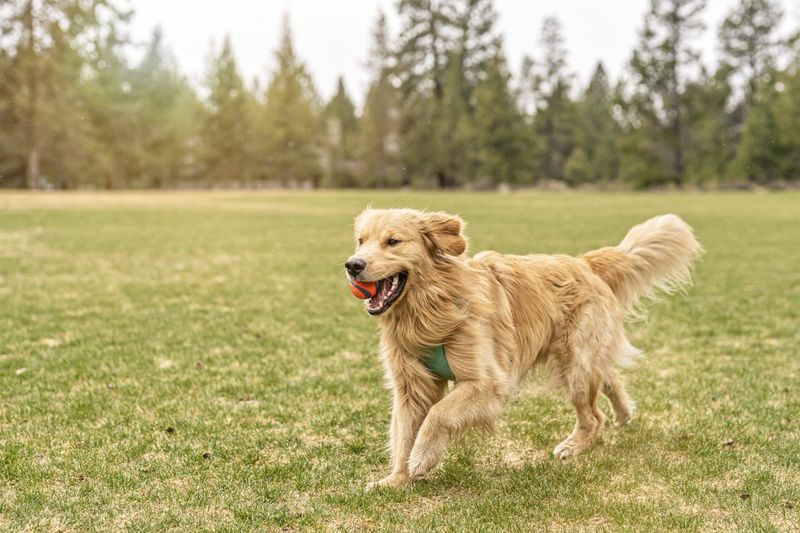
The thrill of the chase captivates most dogs, making fetch an eternally popular game. This activity satisfies their innate hunting instincts while providing excellent exercise.
The joy and anticipation of retrieving a ball foster happiness. Playing fetch strengthens the bond between dog and owner, encouraging teamwork and communication. It’s a simple yet profoundly fulfilling pastime for our furry friends.
18. Cuddling With You

This one’s a no-brainer! Close contact with their human is something many dogs treasure. Cuddling provides warmth and security, fulfilling their need for affection and companionship. These moments of intimacy strengthen the emotional connection.
For dogs, a cozy snuggle session is a delightful way to relax and feel loved. It’s a cherished ritual that enhances their sense of belonging. Sharing a cuddle is a simple yet powerful way of bonding.
19. Tasty Treats

Who can resist a delicious treat? For dogs, treats are not just tasty rewards but also motivators. They reinforce positive behavior during training and strengthen the human-animal bond. Offering treats sparingly ensures health while keeping motivation high.
The anticipation and pleasure from a treat create joyous moments. Using them wisely enhances training success and relationship depth. It’s a small gesture with great impact.
20. Being The Center Of Attention
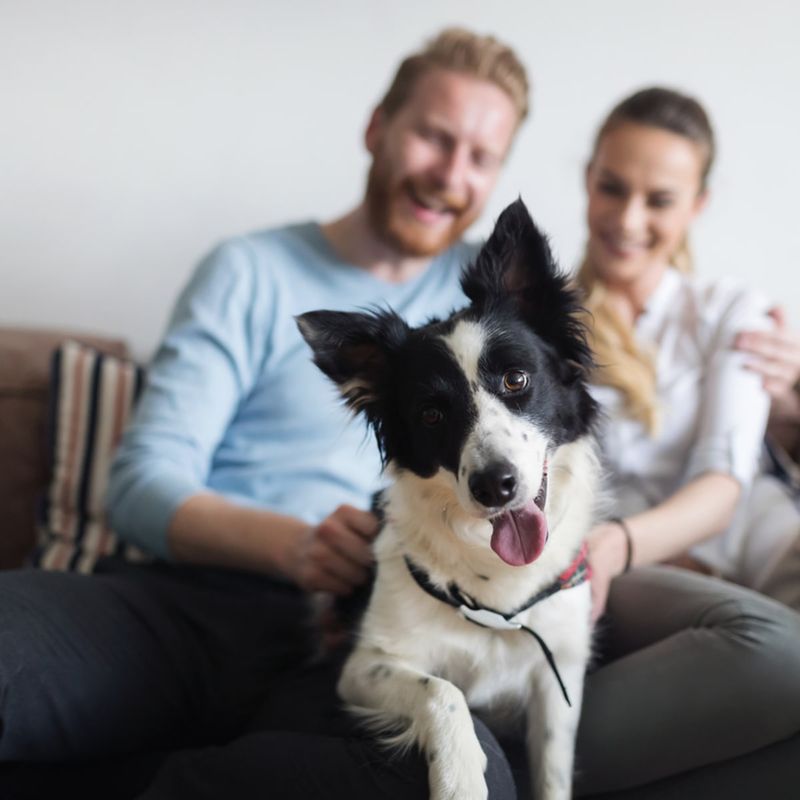
Many dogs thrive when they’re the focus of attention. This social engagement fulfills their desire for interaction and acknowledgment. Being in the spotlight often boosts their confidence and happiness.
Encouraging positive attention, like celebrating their achievements, nurtures their self-esteem. Dogs love knowing they’re cherished members of the family. Their joy radiates when they’re the star of the show.
21. New Scents And Exploration
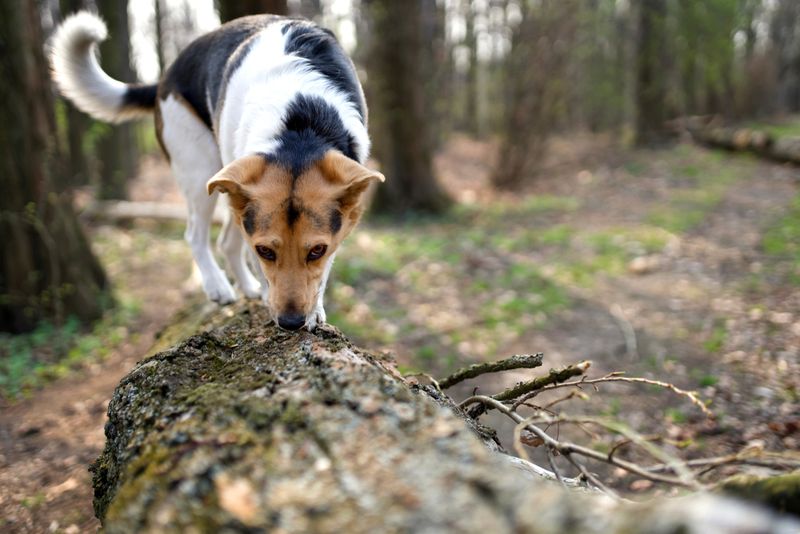
Dogs have an extraordinary sense of smell, and their natural curiosity often leads them to explore new scents. Whether it’s the fresh smell of grass at the park, the earthy scent of a nearby trail, or the intriguing odors they encounter on walks, dogs find great joy in discovering new smells.
Each sniff provides them with sensory information about their environment, making outdoor adventures more stimulating. For dogs, a simple walk or trip to a new place is not just about exercise but a sensory feast that keeps them engaged and entertained.
22. Interactive Toys And Puzzles

Dogs thrive on mental stimulation, and interactive toys or puzzles offer the perfect opportunity to challenge their minds. Puzzle feeders, for instance, require dogs to figure out how to access their food, turning mealtime into an engaging activity.
Toys that dispense treats or require problem-solving keep dogs focused and entertained for longer periods. These toys not only prevent boredom but also help improve their cognitive abilities, offering a sense of accomplishment when they solve a puzzle.
For dogs who love a good challenge, these toys are the perfect way to keep them entertained and mentally sharp.






